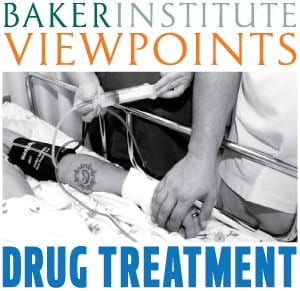A tunnel rat burrows out of a Mexican maximum-security prison
Joaquin Guzman Loera, known as “El Chapo Guzman” and the head of the notorious Sinaloa cartel, easily escaped from a Mexican prison this week in what came as little surprise to law enforcement officials on either side of the border.… Continue Reading


